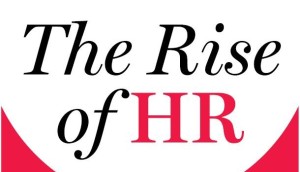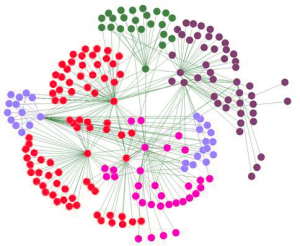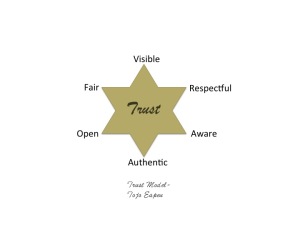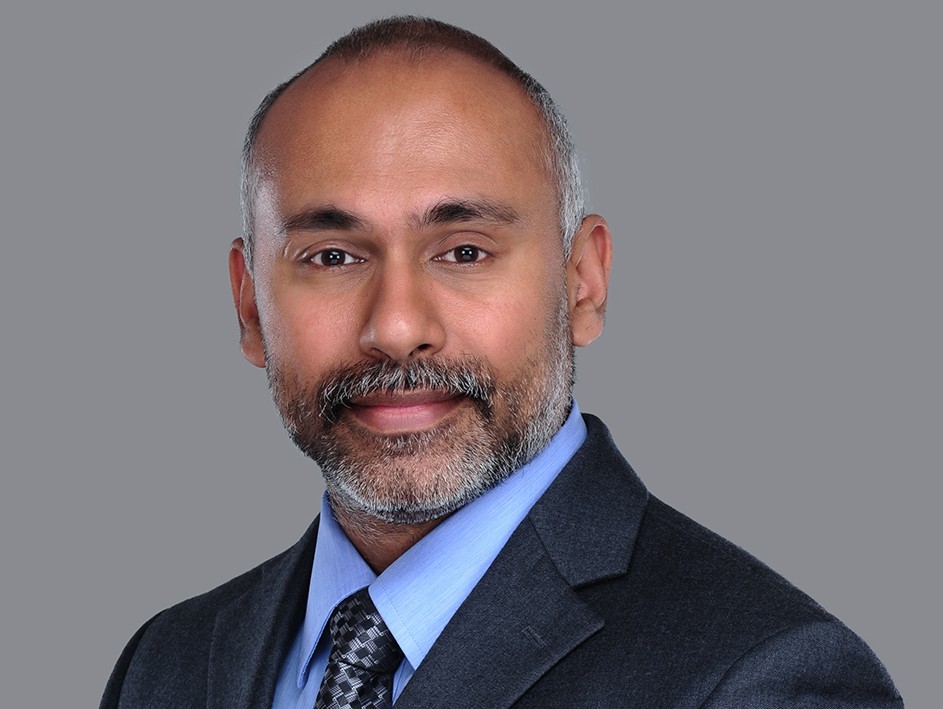
Modified version of the original post on ‘The Illusion of Work’ Blog.
We all go through many changes in life, both positive ones and those that are tough and challenging. None of us look forward to disruption in our lives.However, sometimes, we don’t seem to have much control of what life brings to our doorsteps. As much as we prepare to face difficulties, it takes a lot of energy and effort.
What are some basic, helpful steps when the world around seems to be chaotic, with things running out of control?
1. Taking The Time To Reflect and Be Grounded
When the whole world around seems to be rocky, one needs to find ways to feel grounded by finding moments of peace, silence and calmness. Consciously taking the time to reflect (individually or with a trusted connection), understanding the big picture, avoiding unrealistic panic from taking over by putting things into context/perspective, remembering what is really important to oneself in the overall scheme of things, acknowledging good aspects of life, and focusing on things that one has control over are some ways to progress meaningfully. It’s worthwhile to breathe deep, take a step back, and spend some time to think about our overall direction and focus.
2. Finding One’s ‘Secure Bases’
The term “secure base” comes from the post-war attachment theory research of John Bowlby and Mary Ainsworth. According to this theory, all humans have an innate desire to seek closeness to and comfort from a person who gives them a sense of protection. This becomes especially relevant during tough and challenging times. George Kohlrieser and team defined “secure base” as ‘a person, place, goal or object that provides a sense of protection, safety and caring and offers a source of inspiration and energy for daring, exploration, risk taking and seeking challenge.’ In tough times, secure bases can come in the form of close friends, relatives, colleagues, teachers, coaches or leaders. They could also play an important role in providing a ‘safe zone’ to explore new paths and build momentum towards positive actions and outcomes.
3. Maintaining Physical & Mental fitness
Research suggests that staying physically active leads to better physical and mental states. According to John J Ratey, MD, an Associate Clinical Professor of Psychiatry at Harvard Medical School, adding exercise to your lifestyle sparks your brain function to improve learning on three levels. First, it optimizes your mind-set to improve alertness, attention, mood, and motivation. Second, it prepares and encourages nerve cells to bind to one another, which is the cellular basis for logging in new information. Third, it spurs the development of new nerve cells. Building exercise routines with a peer group or acquaintances increases the probability of consistency. When feeling low, getting fresh air into our system or spending time in nature can be refreshing.
Studies on meditation find that if practiced consistently, it has a huge impact on overall individual wellbeing, recovery and happiness. The practice of mindfulness meditation by trying to simply focus on own breath (non-judgmental observation) is a highly effective way to counter the panic and stress button in my brain from taking over. Tony Schwartz recommends in his HBR article (Manage Your Energy, Not Your Time) that deep abdominal breathing is helpful in defusing negative emotions. Exhaling slowly for five or six seconds induces relaxation and recovery, and turns off the fight-or-flight response. Dr. David Rock indicates in his book, ‘Your Brain at Work’ that a person’s capacity to use his or her brain effectively can be impaired under conditions of peak stress or anxiety. Our self-awareness muscle can be developed in everyday life by paying attention to the relationship between how we feel and what we do. Calming ourselves down or quieting the mind will help us to be highly effective.
4. Focus, Inspiration and Humor
Neuroscience studies support the notion that our focus is fundamental – focusing on inspiring, positive thoughts have a higher probability of spurring us towards action. Once ideas and insights flow out from our thinking, we have to follow it up with small, practical actions quickly. A general feeling of expecting good things generates a healthy level of dopamine and may be the neurochemical marker of feeling happy. When the going gets tough, even small moments of inspiration and humor can go a long way. Inspiration can come in different forms. It is important to keep an open mind and proactively seek them out as well – in the form of stories, books, movies, pets, real life role models and experiences. Humor tends to defuse stress and we immediately feel a bit lighter. It is also contagious. An important related choice is in considering with whom or where we spend our time. The book, ‘How Full Is Your Bucket’ states that 9 out of 10 people say they are more productive when they’re around positive people.
As we all know, no two human beings are the same. The effectiveness of change practices, how we cope with stress, and related solutions vary with preferences, individual personalities and environments. It is also important to recognize and act quickly when we ourselves or someone around needs professional support. This could unfortunately be an extremely difficult step in many places due to the fear of social stigma and negative attitudes in society. Understanding and compassion are critical.
What has helped you to personally navigate through challenging scenarios?
Wishing you the very best in your journey…
“Your joy is divine, and so is your suffering. There’s so much to be learned from both.” – Dr. Wayne Dyer
References
- Secure Bases
http://www.tlnt.com/2012/10/23/secure-base-leadership-what-it-means-and-why-it-really-matters/
- Your Brain At Work (Book) by Dr. David Rock
- NeuroLeadership Institute Website –http://www.neuroleadership.org/index.shtml
- Manage Your Energy, Not Your Time by Tony Schwartz and Catherine McCarthy, Harvard Business Review Article
http://hbr.org/2007/10/manage-your-energy-not-your-time/ar/1
- Exercise and the Brain
http://www.sparkinglife.org/
- Mindfulness with Jon Kabat-Zinn (Video of a session on Mindfulness at Google) And Multiple Books Published http://www.youtube.com/watch?v=3nwwKbM_vJc
- How Full Is Your Bucket? (Book) by Tom Rath and Donald Clifton








Recent Comments